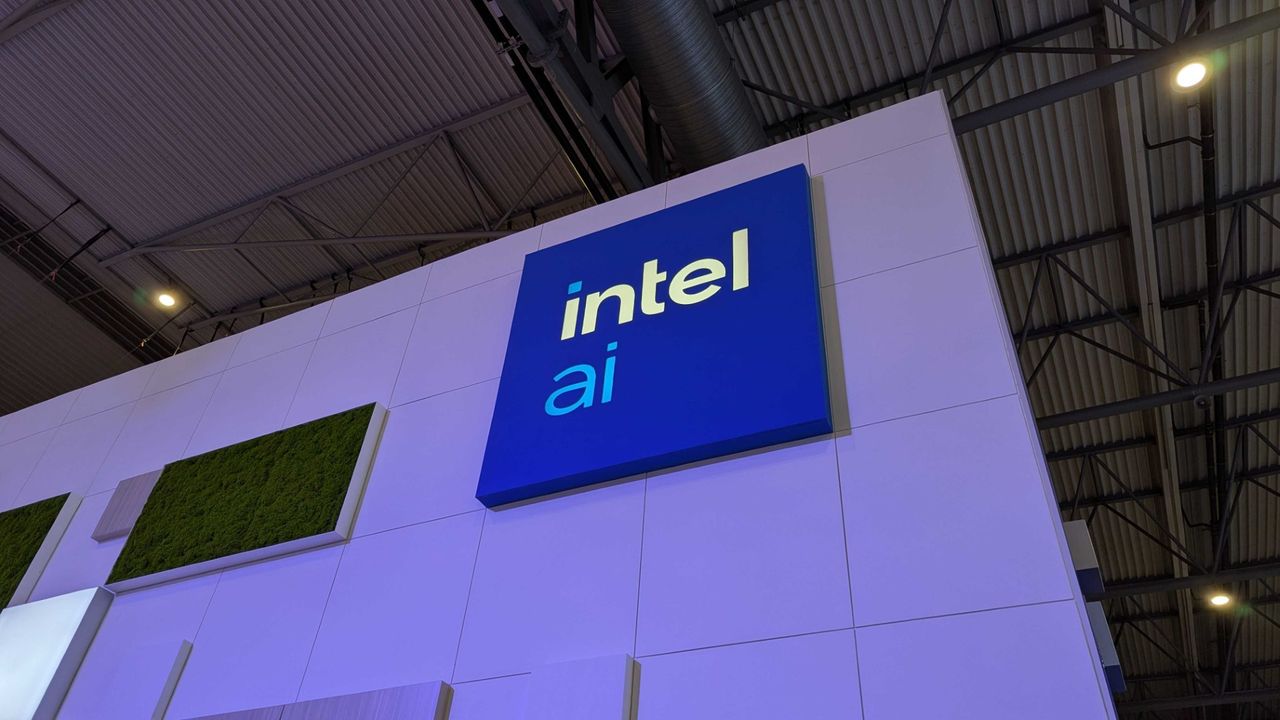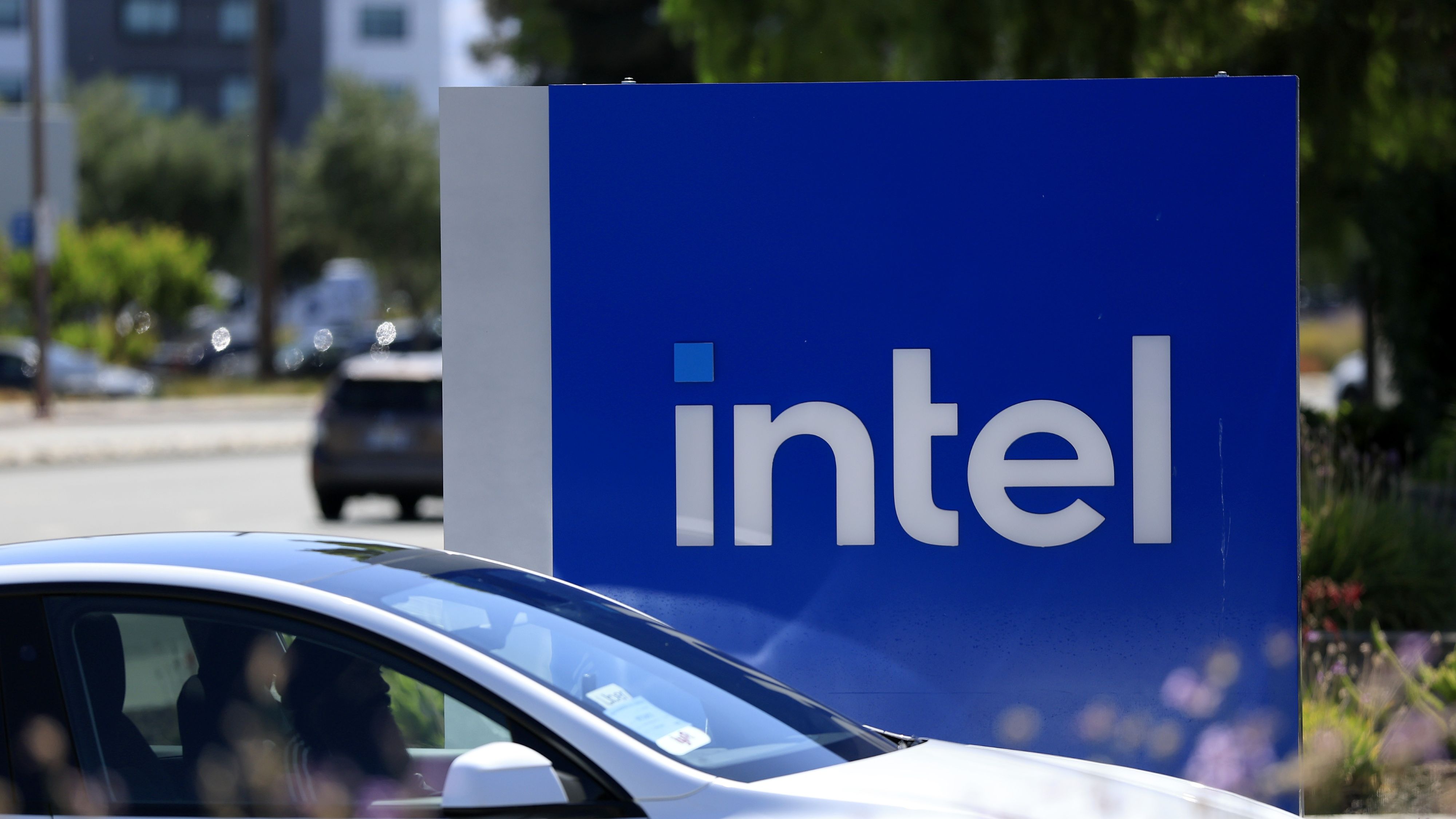
Over the past few years, Intel has faced some tough times, regularly reducing its workforce. Most recently, the company announced plans to let go of thousands of employees based in the U.S., with a focus on streamlining their efforts in artificial intelligence.
Today, following the announcement of their Q2 earnings for this year, the chip manufacturer has disclosed plans to reduce their overall workforce by approximately 24,000 employees, leaving them with a core staff of about 75,000. This calculation is based on The Verge’s analysis.
During the ongoing downsizing phase, Intel plans to reconsider their previous commitments to construct vast manufacturing plants in Germany and Poland. Initially, these projects were projected to generate numerous job opportunities.
Furthermore, the company intends to transfer their operational duties from Costa Rica to Vietnam, which may affect their assembly and testing processes. Yet, Intel will not entirely shut down their Costa Rican facilities, ensuring that a significant number of employees will continue to be employed there.
Intel’s Chief Financial Officer, David Zinsner, has clarified that the reduction plans will affect Intel sites in Ohio as well. In other words, he stated that Intel might decrease the speed of construction projects in Ohio to make sure their expenditure corresponds with market demand.
Through implementing these cost-cutting strategies, Intel anticipates savings of approximately $17 billion within the upcoming year. Yet, it appears that the corporation may still incur losses during the current quarter.
It’s currently unknown when the next round of Intel layoffs will happen.
What has been happening with Intel?

If you’ve missed recent updates about Intel, let me summarize the key points for you. This won’t cover every aspect, but it should provide a clearer picture.
In the ’80s right up until the early 2000s, Intel led the field in PC chip technology, but as they became increasingly self-assured about their primary computer processors, they failed to adapt to shifting market dynamics.
Since the turn of the millennium, Intel missed out on investing in mobile chipsets and artificial intelligence technologies when compared to rivals like Apple, AMD, NVIDIA, and Qualcomm. This oversight has left Intel scrambling to catch up more recently, which is an expensive endeavor.
In 2023, the company revealed an operational deficit of $7 billion, which added to the $5.2 billion loss they experienced in 2022, as reported by TechWire.
Currently, mobile processors and artificial intelligence chips dominate a significant share of the semiconductor market, while Intel finds itself playing catch-up in terms of the offerings from its competitors.
In 2024, the AI chips from our company’s Intel Core Ultra Series, specifically the ones released then, fell noticeably short compared to competitors. Consequently, Intel chose to expedite the launch of their subsequent Series 2 Intel Core Ultra chips in the very same year.
Meanwhile, as Intel grappled with keeping pace against rivals and facing financial losses, the ex-CEO of Intel, Pat Gelsinger, stirred controversy by criticizing TSMC, a dominant player accounting for over 60% of the global chip manufacturing sector.
During an interview with Fortune magazine, Gelsinger expressed, “It’s not wise to rely entirely on a Taiwanese fabrication plant… Taiwan isn’t always a dependable region.
Consequently, TSMC ended a profitable deal they had with Intel, offering a significant 40% reduction on 3-nanometer wafer prices. This undeniably boosted Intel’s manufacturing costs and contributed to their ongoing financial difficulties.
It’s worth mentioning that there seems to be a trend this year where more computers are choosing AMD chips instead of Intel processors. This is quite different from what we’ve seen in the past.
So, where does Intel go from here?
Discussed earlier was Intel’s shift in focus towards AI restructuring and reducing its workforce. Currently, Intel is striving to compete with rivals without incurring heavy financial losses. It’s quite likely that additional layoffs and cancellations of projects may be announced in the future if the current strategies prove insufficient.
There’s a great deal of anticipation for Intel’s forthcoming processors, such as the innovative Panther Canyon chips and the cutting-edge Nova Cove chips, which will be released soon.
Read More
- When Perturbation Fails: Taming Light in Complex Cavities
- Jujutsu Kaisen Execution Delivers High-Stakes Action and the Most Shocking Twist of the Series (Review)
- Fluid Dynamics and the Promise of Quantum Computation
- Where Winds Meet: Best Weapon Combinations
- FC 26 reveals free preview mode and 10 classic squads
- Hazbin Hotel season 3 release date speculation and latest news
- 3 PS Plus Extra, Premium Games for December 2025 Leaked Early
- 7 Most Overpowered Characters in Fighting Games, Ranked
- TikToker Madeleine White Marries Andrew Fedyk: See Her Wedding Dress
- Why Carrie Fisher’s Daughter Billie Lourd Will Always Talk About Grief
2025-07-25 02:39